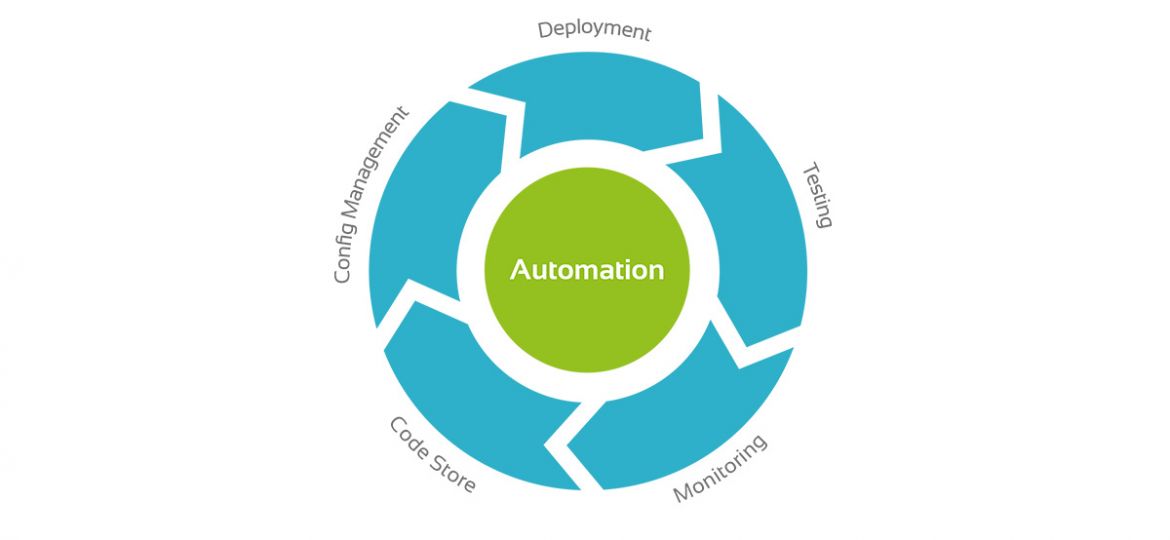
It’s a dirty job, but you can automate it
DevOps is a specific approach to lean and agile software delivery. It promotes a close collaboration between the lines of business, development and IT operations. An important goal of DevOps is to improve IT value streams by automating repetitive IT tasks. Also known as the dirty jobs or the monkey work. DevOps automation helps IT resources spend less time on those dirty jobs. That way, they can focus on more important tasks that meet key business requirements.
Automated solutions
The main restraint for IT resources to automate repetitive IT tasks, such as manually deleting log files on a server, is the thought that it’s too much or too risky work. Network administrators, for instance , often think that it’s safer to perform those tasks manually. One reason behind this, among many others, is that there’s no separate test network, only production. A faulty script aimed to automate a dirty job, would then immediately impact production. But by testing automated solutions in a virtual network, network administrators decrease that risk.
Another bottleneck is that some IT resources fear to lose their jobs when they start automating dirty jobs. Let’s be clear on one thing, the role of IT resources is to automate dirty jobs in order to free up time to perform more important jobs, such as building new and better systems that add business value. It’s the responsibility of the management to develop this mindset.
A general concern about the automation of dirty jobs is the perceived lack of compliance with regulations. The opposite is true though. Automation makes it easier to be compliant. An automated process is always performed in exactly the same way. It improves the safety of systems and decreases the risk of mistakes. Automating the security settings on all of the organization’s servers, for instance, leads to consistency and improves compliance!
Fail fast, learn faster
In order to work in a more agile fashion, it’s important that IT resources spend 10 to 20 percent of their time on improving their own way of working. They do that by investigating the number of dirty jobs they perform and by starting to standardize and automate these jobs. Getting rid of tedious tasks helps IT resources to spend more time on meaningful tasks that help to reach business objectives.
The path to build trust with DevOps automation starts with writing scripts to automate dirty jobs that are small and have low impact. Typical examples are the deletion of log files on a server. Another example is the compression of files that contain website data to be analyzed by the marketing department. When IT resources become more confident with the automation of these small repetitive jobs, they are ready to go ahead – step by step – with the automation of more complex tasks. This also improves teamwork as IT resources become more familiar with sharing and discussing solutions to automate monkey work.
Self-service solutions
When businesses effectively automate more complex dirty jobs, they are ready for the next level of DevOps automation: better self-service solutions. For instance, the development of a chat tool to check the status of an application’s deployment. And the creation of a chatbot that simply responds by confirming whether the application is live or not. The ultimate objective of DevOps automation is automation by design, which means automation of all dirty jobs that come with an IT solution. Many software and e-commerce businesses have already implemented this design approach. They now benefit from better IT performance and better business results.
This blog post explains the reasons why you should automate repetitive tasks and how you start automating everything. In the next instalment, we will go deeper into the more complex forms of automation. By looking at how automation helps you kickstart and maintain an entire new infrastructure (locally, in the cloud or hybrid).
Would you like to learn more about DevOps? Bryxx can help you improve your IT value streams.

